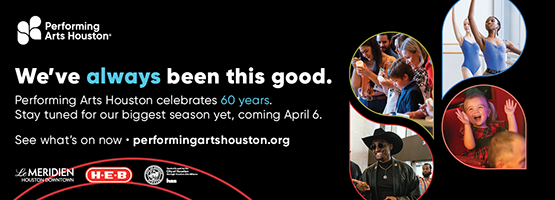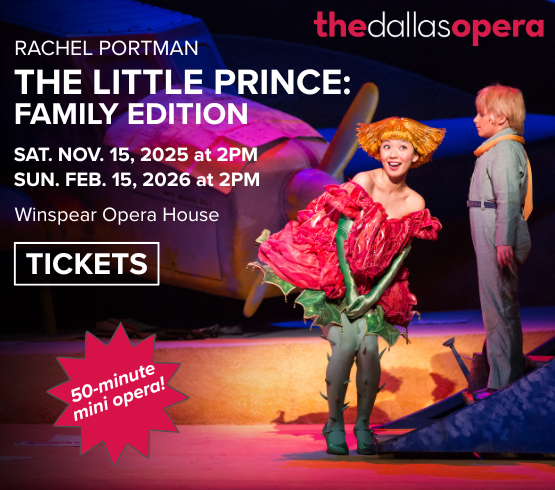Hidden in the mountains north of Lake Como, the beautiful Chiesa dei Santi Eusebio e Vittore in the town of Peglio sits forgotten in time and space. Inside the church, luminous frescos by Fiammenghino frame an Italian Renaissance organ by Costanzo Antegnati, the foremost maker of organs in 16th and 17th century Italy.
“It’s a game changer for us,” says Aschauer. “Take the exact same ensemble and put them in a church with an actual historical organ, it will blow your mind. We saw that the moment this organ arrived, how it immediately changes any note you sing, any note you play, what it does for the overtones of the group.” Closely modeled after the Antegnati organ in Peglio, the new instrument was built in the workshop of Giovanni Pradella in Caiolo, Italy, according to historical methods. The maker himself came to Houston to introduce the organ to an enthusiastic public.
The new organ will be a cornerstone in Harmonia Stellarum’s future programming, starting with next season. “It will be on every program,” says Aschauer. “The idea is to show it, from a historical perspective, in the different roles it played. Sometimes as a solo instrument, sometimes in an intermediary role as a chamber music instrument, and on several occasions as a real basso continuo instrument.”
“I have a really strong connection with Bruckner because we were both cathedral organists in Linz,” says Aschauer, “so literally I played the keys that Bruckner played.” Bruckner’s choral music was clearly inspired by the vocal polyphony of the Renaissance. The Cecilian Movement that swept through the Austrian church music scene at the time led to a return to the purity of Gregorian chant and especially the exemplary polyphonic music of Palestrina. Bruckner programmed his first choral-orchestral Mass in D Minor in this context, performing it along with Palestrina’s music.
A contemporary reviewer drew a straight line from Palestrina to Bruckner, describing his “Ave Maria” as “a true Palestrinian torrent of sound,” hence the title of the program. “This is something we can meaningfully do without stretching ourselves in a weird manner,” Aschauer explains.” We will be doing Bruckner from that angle, playing pieces we know he programmed with pieces that he composed for the same occasion.”
Maria, dolce Maria (Oct. 13) features virtuosic violin music by female composers in early 17th century Italy. The program is partially inspired by last year’s concert centered on Queen Margaret of Spain. Margaret and her entourage were traveling through Italy on her way to meet her husband in Spain.

1 ⁄6
Artistic Director Mario Aschauer demonstrating the new Italian Renaissance organ to patrons. Photo by Carlo Resti Ruano.
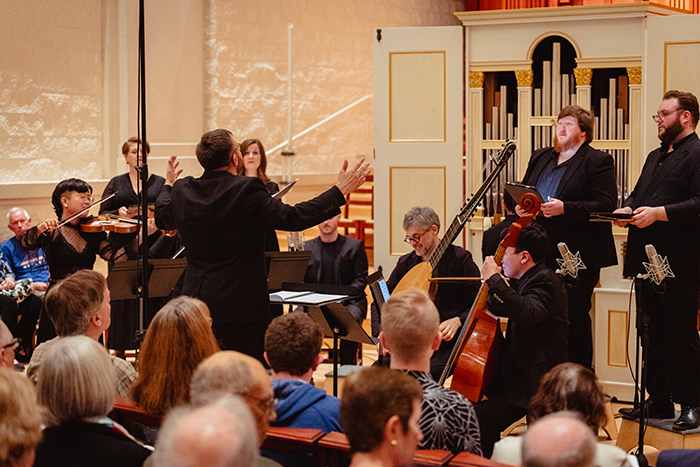
2 ⁄6
Harmonia Stellarum at Rice University celebrating the new organ. Photo by Carlo Resti Ruano.
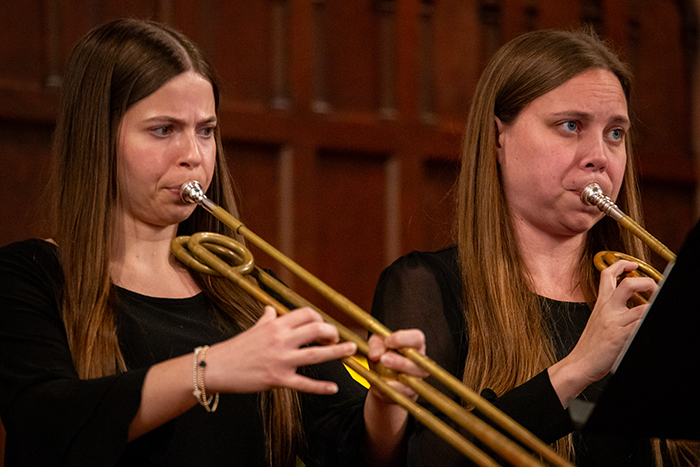
3 ⁄6
HSH member Casey Goldman and McKenna Hill playing natural trumpet’s in Mozart’s Missa solemnis, K. 66. Photo by Carlo Resti Ruano.
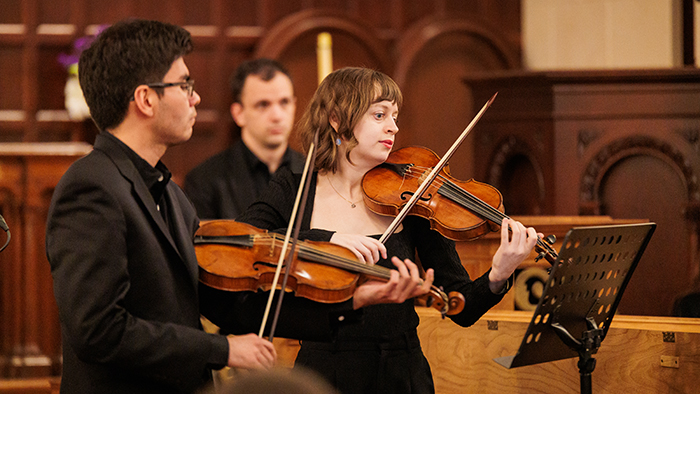
4 ⁄6
HSH members Tsutomu William Copeland and Rebecca Nelson playing violin the 17th-century way. Photo by Carlo Resti Ruano.
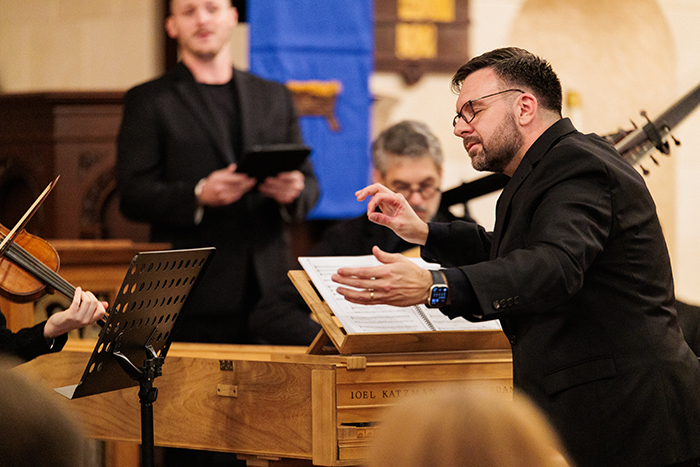
5 ⁄6
HSH artstic director conducting music for Advent from 17th-century Germany. Photo by Jonathan McInnis Photography.
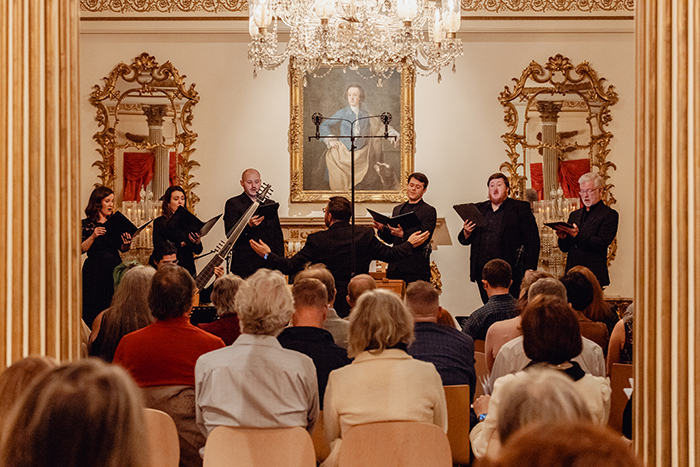
6 ⁄6
Harmonia Stellarum performing Spanish music at the Rienzi. Photo by Carlo Resti Ruano.
Harmonia Stellarum core members Manami Mizumoto and Will Copeland will be accompanied by the new organ. Aschauer says of Mizumoto, “she’s a brilliant player who has the freedom to experiment with anything and it’ll come out great,” and of Copeland, “he is the most pure of all our people (in reference to historical performance practice).”
The Christmas concert (Dec. 1) will pair an anonymous Christmas oratorio from 1682 with Giovanni Girolamo Kapsberger’s Shepherds of Bethlehem. “Kapsberger is yet another composer who is really underrepresented,” says Aschauer. “You could argue this was one of the first Christmas oratorios in music history. It’s an early example of the operatic style north of the Alps, Lutheran composers picking up on the idea of having singers tell a story in a representative way.” The organ will play a strong accompanimental or basso continuo role on this concert.
Laudate Dominum (Jan. 10, 2025) continues the exploration of Mozart’s lesser-known works. “So many people were surprised by the quality of the Mozart mass we performed last season, which he wrote when he was only 13,” recalls Aschauer. “It’s just amazing music, and although written by Mozart, so rarely performed. At the same time, we are growing a face for our ensemble, what we stand for and what kind of repertoire we do.” That led to the creation of a sequel, another rarely performed Mass in C, nicknamed “Organ Solo.” Aschauer talks about the sound of the organ in Mozart’s piece: “the organs in Salzburg in Mozart’s time were first of all Italian organs and secondly in mean tone, just like our organ. In mean tone the major thirds are pure and that immediately changes the timbre. It’s a purity of sound that’s just mind-blowing.”
Fiori musicali (March 23) highlights Italian keyboard music, featuring the works of Girolamo Frescobaldi, who was elected organist of St. Peter’s Basilica in Rome in 1608. His collection of liturgical organ music Fiori musicali influenced generations of organists, including J. S. Bach. “Frescobaldi really covered the entire spectrum of keyboard music as we knew it at the time,” says Aschauer. “From the ricercare style modeled on Renaissance vocal polyphony, to instrumental versions of monody, to the highly rhetorical, improvisatory, rhapsodic style in the toccatas, to canzonas based on French chansons, and everything in between.” The program will cover the entire range of Frescobaldi’s varying styles and also feature composers of the generation before and after him. “Southern composers did some crazy things,” adds Aschauer, “and on our mean tone organ that really comes out even more, because they really play with the inner out-of-tuneness of things. In this timbre, with the sound colors of this organ, I think it’s quite unheard of.” In the moment when the bread and wine become the body and blood of Christ, other-worldly harmonies are used to express the magic of transubstantiation.
Aschauer has a strong vision for Harmonia Stellarum. He talks about the stars aligning for the ensemble and about the overwhelming support from patrons. “The thing I’m most proud of is the ‘we,’ that it’s really a communal effort. I do believe you can feel there is a depth to our music making, that we really mean this. People tell me unprompted that they can see that, they can feel that, and they can hear that, and that there is a ‘together’ behind this.”
“I think the organ is a really beautiful metaphor for who we are,” reflects Aschauer. “There are so many pipes, in this case 324, and yet they are all fed by the same air, out of the same bellow. That’s how we see us, many different pipes, some big and some small, but all fed from the same source. And when you think about it, air in Latin is spiritus, and everything has the same spirit in it.”
—SHERRY CHENG



